Phil Gregory, one of Papua New Guinea’s most experienced birding guides, gives insight into the world of birdwatching, writes Belinda Jackson.
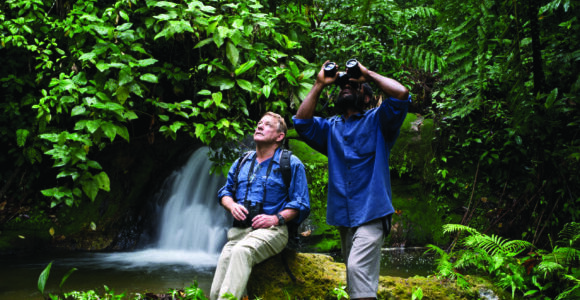
Birdwatching is all about patience, says Phil Gregory. Credit: TPA
Found only in Papua New Guinea, the Campbell’s fairywren is tiny – weighing just 10 grams, a black mask across its eyes, a powder-blue chest – and for years eluded professional birdwatcher Phil Gregory, who has led birding tours across the world with his company, Sicklebill Safaris, since 1998.
“It’s seen around Kiunga in Western Province, where I’ve been over 100 times, but I kept missing it.”
Eventually, Gregory teamed up with local guides including Glen Montford. “I told them, I’ve got to see this bird!’’ Montford went into hunting mode, as Gregory recalls. “He must have infra-red eyesight…after two days hunting through thickets, I finally saw it. My nemesis is now laid to rest.”
Gregory’s feathered fascination has taken him and his family around the world, living in Nigeria, Zambia, the Falkland Islands and, for seven years, in PNG, where he was the principal of a school in Tabubil in Western Province.
If you want to see all the bird families, you have to come to PNG
After close to 30 years birding in PNG, Gregory says the ‘birds of paradise’ (known locally as kumuls) are undeniably PNG’s flagship birds, with 32 of the 46 species found in PNG.
“If you go to the right places, they’re very straightforward to see,” he assures. Just 45 minutes east of Port Moresby, at Varirata National Park, is one of the country’s best lek (male mating display) sites.
However, the real action is in the Highlands. Gregory recommends visiting Ambua Lodge near Tari in Hela Province or Rondon Ridge Lodge in Western Highlands Province, where you can see the rare blue bird of paradise, the superb or greater lophorina bird of paradise and the brown sicklebill.
- A male ribbon-tailed astrapia bird of paradise. Credit: BAI
- Campbell’s fairy wren. Credit: BAI
- A brown sicklebill. Credit: BAI
- Parakeets talking. Credit: BAI
- Cockatoos hitch a ride. Credit: BAI
- A kumul, or bird of paradise. Credit: BAI
“They’re a tricky bird to see but the rare black sicklebill, which has a wonderful call like a whipcrack and a tail well over a metre long, are up there, along with the Princess Stephanie’s astrapia bird of paradise, which is endemic to PNG, and has a spectacular, paddle-shaped tail that rustles as it flies.”
There are 250 families of birds around the world, and seven of these are only in PNG. “Some people try to see all bird families, so if you want to do that, you have to come to PNG,” says Gregory, who this year alone has led tours in Ghana, Japan and Cambodia ahead of his two upcoming PNG tours.
Every year, Gregory leads an ‘Endemic Families’ tour in PNG and, in July–August, a ‘Birds and Culture’ tour. “This second tour is less intense, we visit the Mount Hagen Show and experience PNG’s culture, as well as its birdlife.”
Fascinatingly, the show is still a bird-watching opportunity, as many of the headdresses feature the plumage of some of PNG’s most famous birds.
“The headdresses used in these cultural ceremonies are very valuable, and used for many years, so I hope it’s a sustainable harvest,” says Gregory, who works to educate on and protect PNG’s unique birdlife.
“Landowners are now earning money to protect birds at sites on their land, and operators and guides take people on photographic safaris there, so it is a way for locals to earn an income. People are learning that you can monetise the habitat, and it’s in their interest not to kill birds.”
“You’ve got to be patient [while birding] and you’ve got to stay focused – otherwise, you’ll miss a one-shot opportunity. You’ve really got to work for what you see, but what you see in PNG is fantastic.”
Sicklebill Safari’s PNG tours in 2024 include the Huon Adventure (seven days), the Endemic Families tour (six days), a private PNG photographic tour (15 days) and Birds and Culture (14 days). Upcoming tours for 2025 to be published shortly.
This is an edited version of an original article first published in the July-September 2024 issue of Paradise, the in-flight magazine of Air Niugini.




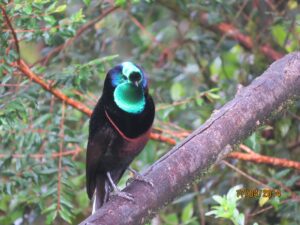
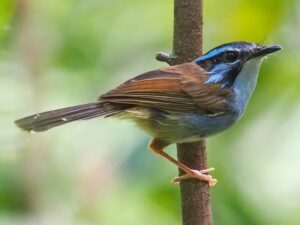
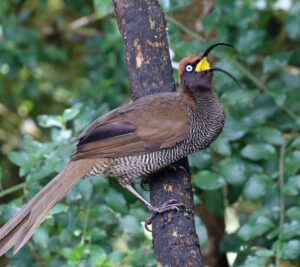
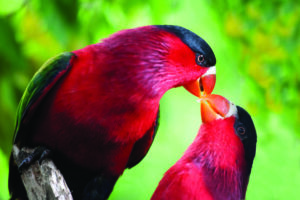
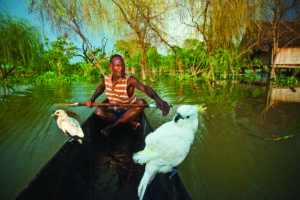
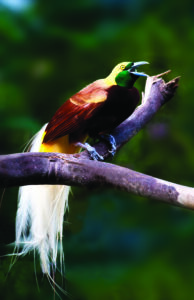





Speak Your Mind